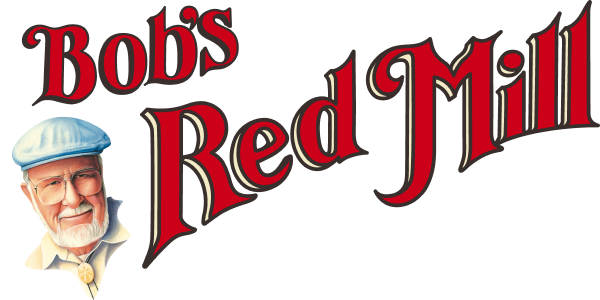


 Are you struggling with digestive upset? Almonds may be able to help out with that. Full of fiber and prebiotics, they're an excellent way to show your digestive system a little extra TLC. The prebiotics found in this superfood will serve as food for the healthy bacteria (probiotics) found in the gut, allowing it to remain strong and free of illness. On the other hand, the fiber will add bulk to your stools fending off diarrhea and constipation. Fiber also helps keep you full between meals, making it easier to refrain from diving into sugar-filled, unhealthy snacks.
Are you struggling with digestive upset? Almonds may be able to help out with that. Full of fiber and prebiotics, they're an excellent way to show your digestive system a little extra TLC. The prebiotics found in this superfood will serve as food for the healthy bacteria (probiotics) found in the gut, allowing it to remain strong and free of illness. On the other hand, the fiber will add bulk to your stools fending off diarrhea and constipation. Fiber also helps keep you full between meals, making it easier to refrain from diving into sugar-filled, unhealthy snacks.
 Almond flour tops the list as the most popular alternative to traditional wheat flour. It's low in carbs, loaded with nutrients, and has a slightly sweeter taste than wheat flour does. Made from ground almonds, when making almond flour, the nuts are first boiled in water to remove the skins and then ground and sifted into a fine flour. While almond flour and almond meal are slightly different, they can be used interchangeably in recipes.
Almond flour tops the list as the most popular alternative to traditional wheat flour. It's low in carbs, loaded with nutrients, and has a slightly sweeter taste than wheat flour does. Made from ground almonds, when making almond flour, the nuts are first boiled in water to remove the skins and then ground and sifted into a fine flour. While almond flour and almond meal are slightly different, they can be used interchangeably in recipes.
 When you're on a low-carb diet, bread is not always an option. But, because we love bread, no matter what diet we're following, we set out to find a solution to this dilemma. The answer? Almond Meal Bread! Though It may resemble a loaf of banana bread, it is certainly not the same. Despite being prepared with almond and coconut flour, it has a beautiful whole grain texture and a savory flavor, making it ideal for sandwiches, toast or grazing.
When you're on a low-carb diet, bread is not always an option. But, because we love bread, no matter what diet we're following, we set out to find a solution to this dilemma. The answer? Almond Meal Bread! Though It may resemble a loaf of banana bread, it is certainly not the same. Despite being prepared with almond and coconut flour, it has a beautiful whole grain texture and a savory flavor, making it ideal for sandwiches, toast or grazing.
 These Gluten Free Almond Flour Cookies are light and crisp, making them ideal for coffee, tea or a simple dessert. With touches of brown sugar and cinnamon, they are the perfect delicious treat for any time of day.
When learning about almond meal vs. almond flour, it's essential to know that whichever you choose, your recipe is bound to turn out great.
The minor differences of each can lead to slight variations in texture, color and taste. As well as nutritional valueas almond meal tends the have a slightly higher fiber, mineral, and antioxidant content than almond flour. Both products are widely available in most supermarkets and online stores and can be made easily at home. From everyone at Bob's Red Mill, we wish you the best on your baking journey!
Do you have a preference for almond flour or almond meal? We'd love to know more about how you use each. Share your favorite almond-inspired recipes with us in the comments below. We can't wait to hear from you!
These Gluten Free Almond Flour Cookies are light and crisp, making them ideal for coffee, tea or a simple dessert. With touches of brown sugar and cinnamon, they are the perfect delicious treat for any time of day.
When learning about almond meal vs. almond flour, it's essential to know that whichever you choose, your recipe is bound to turn out great.
The minor differences of each can lead to slight variations in texture, color and taste. As well as nutritional valueas almond meal tends the have a slightly higher fiber, mineral, and antioxidant content than almond flour. Both products are widely available in most supermarkets and online stores and can be made easily at home. From everyone at Bob's Red Mill, we wish you the best on your baking journey!
Do you have a preference for almond flour or almond meal? We'd love to know more about how you use each. Share your favorite almond-inspired recipes with us in the comments below. We can't wait to hear from you!